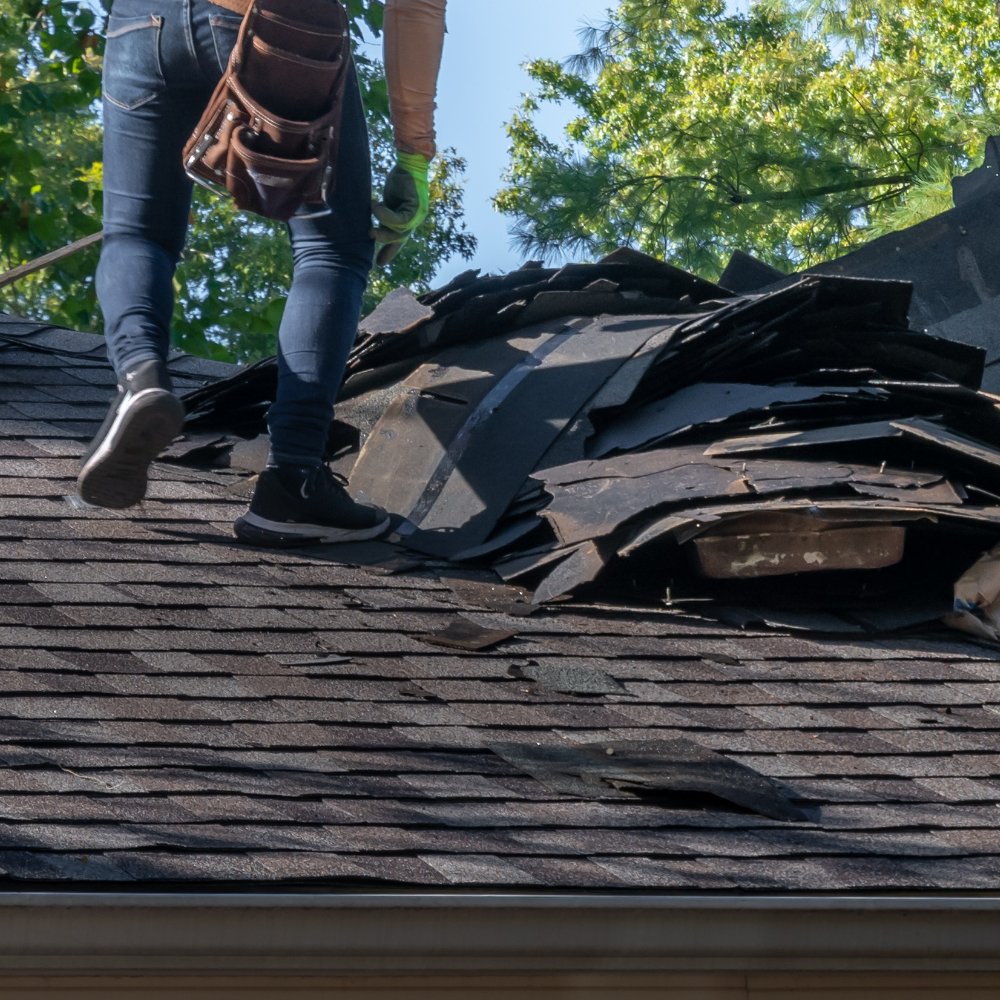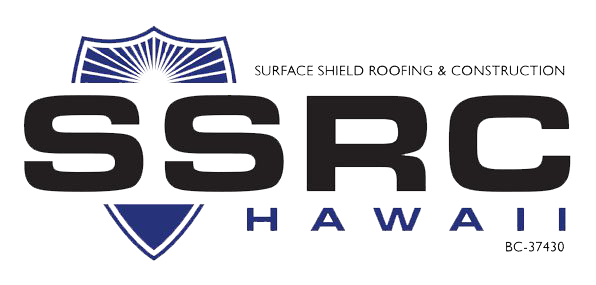Recognizing the Different Kinds of Roof Coverings: A Comprehensive Guide for Homeowners
With a variety of choices-- varying from the typical gable to the modern level-- each kind offers one-of-a-kind advantages and obstacles that must line up with the home owner's environmental factors to consider and specific demands. As we discover the ins and outs of numerous roofing kinds, it comes to be noticeable that one size does not fit all; the right choice may shock you.
Saddleback Roof
Saddleback roofs, identified by their triangular shape, are amongst one of the most preferred roof designs as a result of their simplicity and performance in dropping water and snow. This layout features two sloping sides that satisfy at a ridge, enabling for efficient water drainage and decreasing the risk of water build-up. The high pitch generally related to gable roofs improves their ability to manage hefty precipitation, making them appropriate for numerous climates.
In addition to their sensible advantages, saddleback roofs provide aesthetic versatility. They can be adapted to different building styles, from typical to modern homes. The style can likewise accommodate added attributes such as dormer windows, which boost natural light and air flow in the attic room area.
Additionally, gable roofing systems offer ample room for insulation, contributing to energy efficiency. House owners can select from a variety of roof covering products, consisting of asphalt roof shingles, metal, and ceramic tiles, additionally enhancing customization alternatives.
Regardless of their benefits, gable roofings might need extra assistance in areas susceptible to high winds or heavy snowfall. In general, the saddleback roof continues to be a popular option because of its blend of performance, toughness, and visual charm.
Apartment Roofs
Level roof coverings are frequently identified for their minimal design and practical applications, especially in industrial and commercial settings (oahu roofing). These roof coverings feature a virtually horizontal or straight surface, which permits very easy building and construction and flexible area application. While they might do not have the visual allure of pitched roofs, level roofing systems supply various advantages, especially in city environments where optimizing area is essential
One of the key advantages of flat roofs is their accessibility. Homeowners can utilize the roof room for various purposes, such as rooftop gardens, balconies, or solar panel setups. Furthermore, flat roof coverings are usually much more affordable to set up and maintain contrasted to their sloped counterparts, as they call for less products and labor.
Typical products made use of for level roof coverings consist of built-up roof covering (BUR), modified asphalt, and single-ply membranes, each offering unique advantages. On the whole, flat roofs offer as a functional and adaptable option for numerous homeowners and services alike.
Hip Roofing Systems
Hip roofings are characterized by their sloped sides that assemble on top, creating a ridge. This style is distinctive from gable roofing systems, as all 4 sides of a hip roof covering slope downwards toward the walls, giving a more stable framework. The angle of the inclines can vary, enabling for adaptability in architectural aesthetic appeals and performance.
One of the key benefits of hip roofings is their capacity to hold up against heavy winds and negative weather condition conditions. The sloped surface areas enable better water drain, reducing the risk of leaks and water damages. Additionally, hip roofs use enhanced attic room, which can be used for storage or perhaps transformed right into habitable locations.
However, creating a hip roof covering can be extra expensive and complex than less complex roofing types, such as gable roofing systems. The added material and labor associated with producing the slopes and ensuring proper architectural stability can bring about higher costs. Regardless of these downsides, lots of property owners prefer why not try these out hip roofings for their longevity, visual charm, and possibility for power efficiency.
Mansard Roof Coverings
Mansard roof coverings, typically acknowledged by their special four-sided design, feature two slopes on each side, with the lower incline being steeper than the top. This architectural style, stemming from France in the 17th century, is not just cosmetically attractive yet useful, as it optimizes the functional space in the upper floorings of a building. The high lower incline permits more headroom, making it an ideal selection for lofts or attic rooms, which can be exchanged living areas.
Mansard roofings are defined by their adaptability, fitting numerous architectural designs, from traditional to modern. They can be constructed with various materials, including asphalt tiles, slate, or steel, giving property owners with a range of choices to suit their spending plans and choices. Furthermore, the layout enables the assimilation of dormer home windows, boosting natural light and ventilation in the top levels.
Nonetheless, it is vital to think about the prospective disadvantages. Mansard roof coverings might require more upkeep as a result of the intricacy of their style, and their steep slopes can be challenging for snow and rainfall runoff. In general, mansard roofs integrate sophistication with functionality, making them a prominent selection amongst homeowners looking for distinctive building functions.
Shed Roofings
As property owners progressively look for simpleness and capability in their architectural designs, dropped roof coverings have actually arised as a popular selection. Characterized by a single sloping aircraft, a shed roof offers a minimal visual that matches different home designs, from contemporary to rustic.
Among the main benefits of a shed roof covering is its uncomplicated building and construction, which typically equates to reduce labor and material expenses. This style enables for effective water drainage, decreasing the danger of leakages and water damages. Additionally, the vertical incline provides adequate space for skylights, boosting natural light within the interior.
Lost roof coverings likewise use convenience in regards to usage. They can be efficiently integrated into additions, garages, or outside structures like sheds and pavilions. Furthermore, this roofing visit this page style can suit different roofing products, consisting of steel, asphalt roof shingles, or even green roofing systems, lining up with eco-friendly initiatives.
Nevertheless, it is crucial to take into consideration regional climate conditions, as hefty snow loads may necessitate modifications to the roofing's angle or structure. On the whole, lost roofings provide a practical and aesthetically pleasing choice for home owners looking to optimize functionality without compromising style.
Conclusion


Gable roofings, characterized by their triangular form, are among the most popular roofing designs due to their simplicity and performance in losing water and snow. oahu roofing. The high pitch generally connected with gable roofings boosts their ability to manage hefty rainfall, making them ideal for numerous climates
While they may lack the visual allure of pitched roofing systems, flat roof coverings provide various advantages, specifically in city environments where optimizing area is essential.
